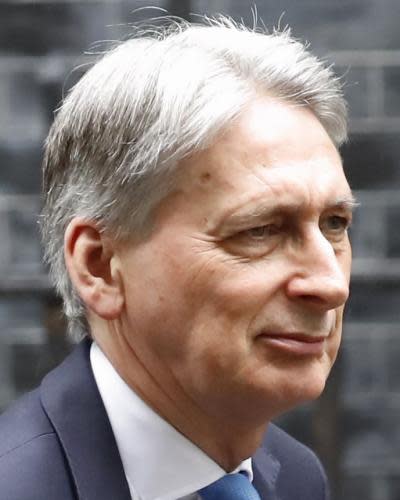The Observer view on Britain’s scandalous wealth inequality

Britain needs to wean itself off measures of inequality that disguise more than they reveal about the gap between rich and poor.
So says the Institute for Fiscal Studies, which last week used the occasion of its 50th anniversary to launch a five-year quest for better measures of inequality.
Too often, politicians ignore the growing disparity in wealth and the growing divide between the generations when they debate the subject, said the thinktank. They also ignore the widening gulf in transport provision, life expectancy and cultural amenities between the regions that could be covered by more comprehensive measures of inequality.
A narrow focus on traditional measures of income inequality has proved to be a deeply political act. Since 2010, Tory-led governments have brushed aside concerns that cuts to welfare and public services have increased inequality by using the single figure generated by the Gini coefficient, the widely recognised measure of the gap between the lowest and highest household incomes.

The Chancellor of the Exchequer Philip Hammond.Photograph: Tolga Akmen/AFP/Getty Images
It is a method of defence that put an impregnable wall around George Osborne and has done much the same for his successor, Philip Hammond.
No matter how many times chancellors have been taunted with the desperate side-effects of austerity on one group or another, the Treasury has retorted that the Gini coefficient remains largely the same.
Even the IFS bowed to this argument over the past decade, its reports often concluded that the overall effect of government policy, whatever the evidence to the contrary, has left inequality unchanged. The Gini coefficient ruled.
One reason the average has remained almost the same – and it has when measuring disposable incomes for more than 30 years – relates to the fracturing of society into large and not-so-large discrete groups whose fortunes have ebbed and flowed, often in the opposite direction.
One factor making it harder to determine wealth inequality is the lack of information about the top 1%
For every working household on low incomes that saw their situation worsen over the past 10 years, the circumstances of a retired household improved. Whenever someone in the north-east secured a job, a worker in the south-east found an even better paid one, most likely in the financial services industry.
There are already guides to Britain’s wealth divide, including a Gini coefficient that shows the nation’s record £11.1tn of wealth is distributed far less equally than earnings or household income. The figure for wealth is almost twice as high as that for income. The Resolution Foundation, another thinktank that has examined this subject, says one factor making it harder to determine wealth inequality is the lack of information about the top 1%. Official figures show that one in 10 adults owns around half of the nation’s wealth, while the top 1% own 14%. But the figure could be nearer 20%.
This lack of information is a scandal. It is crucial to make sure the property, pensions and investments of the better-off are measured accurately when we know that the accumulation of wealth over the course of someone’s working life is a key driver of their opportunities and those of their children.
The IFS says its first reports will appear next year. It can’t be soon enough.

 Yahoo News
Yahoo News 
